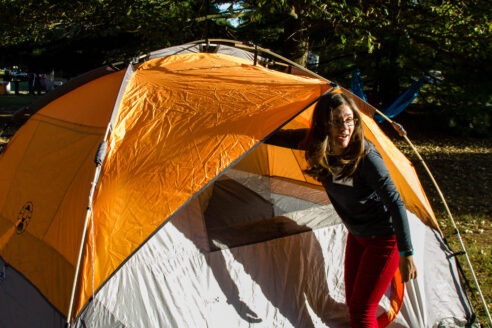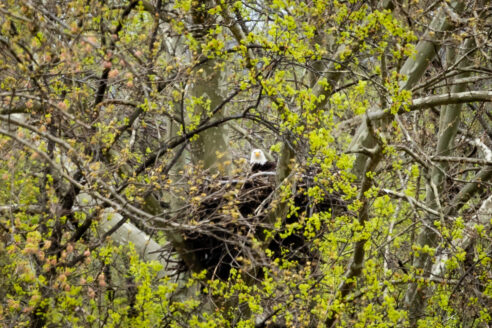Recent Stories
Browse our articles and in-depth feature stories to learn about the latest Bay news.
Five tree species to plant in the Chesapeake region
April 14, 2023Use these North American trees and shrubs to brighten up your property and benefit wildlife
Read story
A hot take on restoring habitat
April 12, 2023Prescribed burns are supporting wildlife across the Chesapeake watershed
Read story
Bay scientists evaluate reasons for the blue crab’s population decrease
April 7, 2023Invasive fish, disease, warming waters and more are seen as threats to blue crabs
Read story
New Bay Program report offers a roadmap for combating rising water temperatures
April 5, 2023Planting trees and conserving forests is critical for combating temperature increases
Read story
My Clean Water Story: Carin Bisland
March 31, 2023Chesapeake Bay Program's Branch Chief tells a tale of two waters
Read story
A conversation with the leadership of the Citizens Advisory Committee
March 31, 2023Committee focuses 2023 priorities on equitable access to grants, forest land conversion and healthy water quality
Read story
An outdoor recreation group for women is offered across the Chesapeake region
March 29, 2023The Becoming an Outdoors Woman program provides opportunities for women to learn about opportunities to enjoy the outdoors in a safe space.
Read story
From the fish kills to Conowingo Dam, USGS investigates the Bay watershed’s most complex issues
March 27, 2023USGS Chesapeake Bay Coordinator weighs in on the agency’s achievements
Read story
Who's afraid of the big, bad wolf?
March 17, 2023Not those who visit the 55 wolves living at the Wolf Sanctuary of PA
Read story
Watch ospreys, eagles, otters and more with these Chesapeake wildlife cams
March 14, 2023Over a dozen wildlife cams can be found in the Chesapeake Bay watershed
Read story
